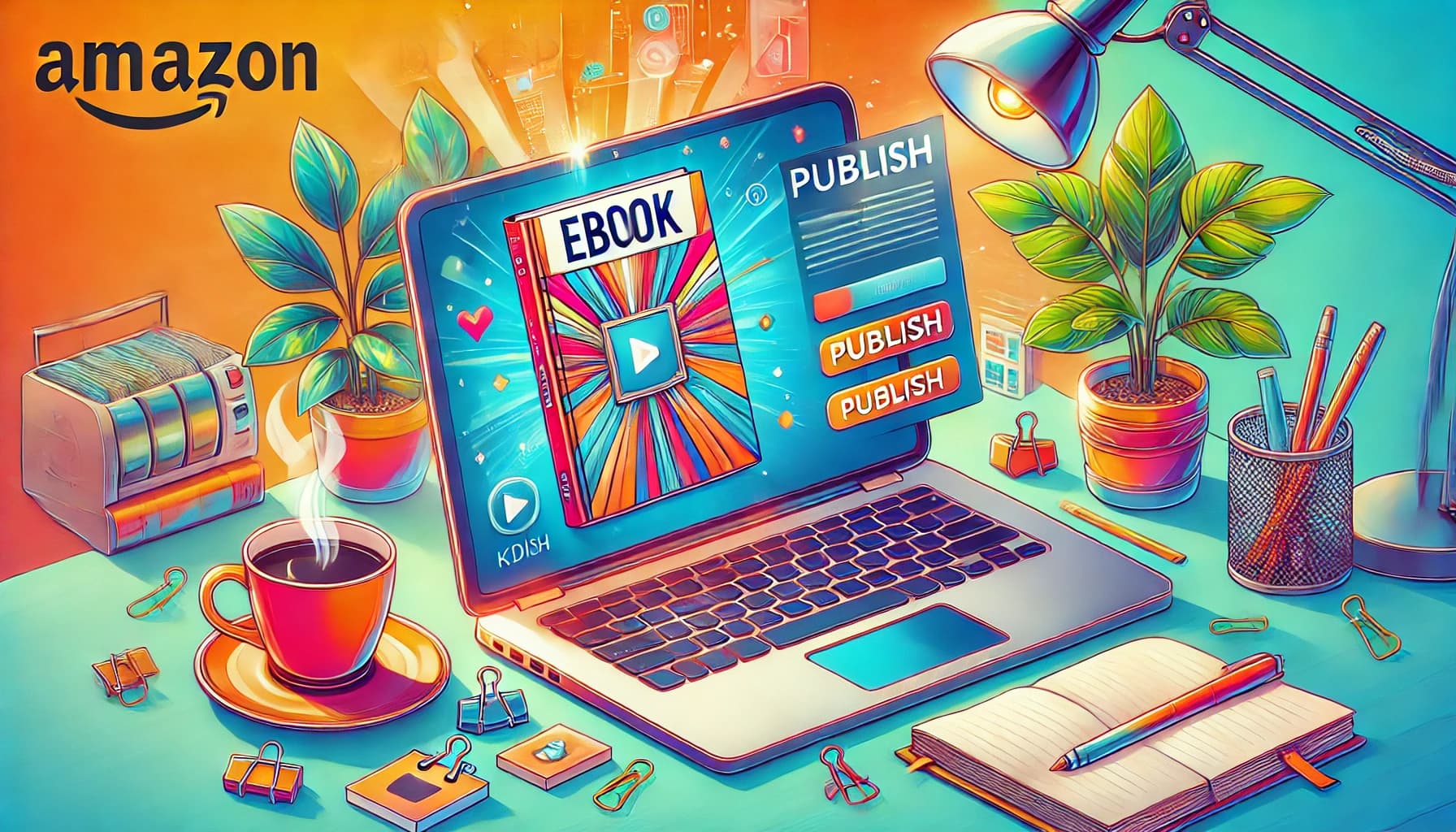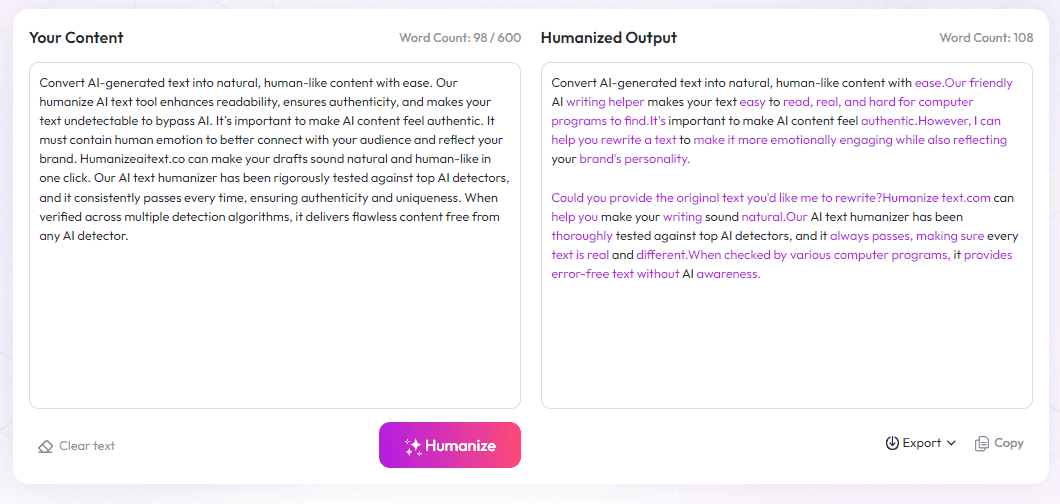Table of Contents
If you're an author wondering how to connect better with your readers, starting a newsletter on Substack might seem overwhelming. But guess what? It’s easier than you think, and you don’t need to be a tech wizard.
Stick around, and I promise you'll get simple ideas to help you launch and grow your own newsletter. We’ll look at successful examples and step-by-step guides so you can finally share your stories in a way that truly sticks with your audience.
Let's get started — your next loyal reader might just be a newsletter away.
Key Takeaways
Key Takeaways
- Authors can use a Substack newsletter to connect directly with readers, grow a loyal audience, and even make income. It offers high open rates and keeps communication authentic without middlemen.
- Popular formats include sharing stories or chapters, offering writing tips, personal updates, interviews, and interactive polls. Mixing these keeps readers engaged and interested.
- Consistency, promotion on social media, and engaging with subscribers help grow your list. Offering exclusive content and collaborating with others boost engagement.
- Many successful authors build large, dedicated audiences, sometimes earning significant income. Studying their strategies can give you ideas for your own newsletter.
- To start, define your niche, set up your page with a clear brand, create initial content, plan a regular schedule, and promote everywhere. Respond to your audience to foster loyalty.
- Continuously improve your newsletter by checking analytics, trying new formats, and asking readers what they want. Staying updated with platform features also helps grow your reach.
- Building your audience takes time. Promote consistently, experiment with different content styles, and stay authentic to develop a community that values your work.

1. Why Authors Should Start a Substack Newsletter
If you're an author looking to connect directly with readers and build a loyal fanbase, starting a Substack newsletter is a game-changer. With over 35 million active subscriptions in 2025, Substack offers a vast platform to share your work and insights without relying solely on traditional publishers. Many successful authors have doubled their readership since shifting to this email-first approach, thanks to the platform’s high open rates—often over 50%—and low unsubscribe numbers.
Why does this matter? Because you get to communicate your writing journey, promote new releases, and offer exclusive content that keeps readers coming back. No middlemen, no gatekeepers—just you and your audience, creating an authentic space for storytelling and engagement. Plus, with over 52 newsletters earning $500,000+ annually, the potential to turn your passion into a side hustle or even a full-time income is real. Learning how to write in your voice and publishing consistently can boost your chances of success on this platform.
2. Popular Newsletter Formats for Authors
Authors use a variety of newsletter styles to keep things fresh and engage their fans:
- Story-centric newsletters: Sharing short stories, exclusive chapters, or snippets from ongoing works can hook subscribers. For example, releasing a chapter of your novel every month keeps readers eager for the next installment.
- Writing tips and craft advice: Sharing behind-the-scenes insights, writing prompts, or tutorials can position you as an authority while providing value. Think of it as a free workshop for aspiring writers.
- Personal updates and journey stories: Letting your audience see your writer’s life, struggles, and successes builds a bond that turns subscribers into fans.
- Author interviews and literary analysis: Featuring conversations with other writers or analyzing literary works adds depth and variety to your content.
- Interactive Q&A and polls: Asking readers what they'd like to see or answering their questions creates a two-way conversation that keeps engagement high.
3. How to Grow and Engage Your Audience
Growing an audience on Substack takes a mix of consistency, quality, and outreach. First, publish regularly—weekly or monthly—to stay top of mind. Use compelling subject lines to boost open rates, which on Substack often surpass those of other email platforms, sometimes hitting over 50%.
Leverage social media platforms like Twitter and Instagram to promote your newsletter and connect with fellow writers. Consider collaborating with other authors for guest posts or joint projects, which can introduce your work to new readers. Engaging your audience with responses to their comments or questions makes them feel valued—think of it as your personal fan club.
Finally, offering free exclusive content can entice sign-ups, while paid plans at around $10/month can sustain your efforts if you grow your readership. The key is to stay authentic and share stories and insights that resonate emotionally.
| Tip | Description |
|---|---|
| Consistency | Publish regularly—weekly or monthly—so readers know when to expect your content. |
| Promotion | Share your newsletter link on social media and in your author bio. |
| Engagement | Respond to comments and ask for feedback to foster community. |
| Exclusive Content | Offer sneak peeks or special editions for subscribers to keep them interested. |
By following these approaches, many authors have seen their subscriber lists swell—some more than doubling their followers after switching to Substack. For inspiration, check out the stories of authors turning passionate writing into profitable newsletters, with some earning over a million dollars annually from their dedicated readership.

4. Examples of Successful Author Newsletters
There are several authors who have built impressive audiences on Substack, turning their passion into profitable ventures. For instance, "Letters from an American" has over 1 million subscribers, earning millions annually and exemplifying how consistent, valuable content pays off. Similarly, authors like Heather Cox Richardson and Glenn Greenwald have used their newsletters to grow dedicated followings while generating substantial income. These examples show that you don’t need to be a household name—focused content and engagement can lead to significant success. Look for ways these writers structure their posts, whether through regular features, multimedia elements, or personal storytelling. Analyzing their patterns can give you ideas for your own approach, especially if you aim to turn your newsletter into a full-time gig. Remember, the key isn’t just large numbers—it’s about building a community that values what you share.
5. Steps to Launch Your Author Newsletter
- Start by defining your niche: figure out what kind of stories, advice, or updates your audience will find most compelling. Take a look at trending topics or gaps in existing newsletters, and then tailor your content accordingly.
- Set up your Substack account: choose a catchy, clear name and customize your page to reflect your brand. Use a professional author photo and write a brief bio that hooks readers.
- Create your first few posts: don’t wait to have all your ideas perfect—launch with 3-5 pieces to give new subscribers a taste of what’s to come. Think about including some exclusive content or behind-the-scenes insights.
- Decide on your publishing schedule: consistency beats frequency—whether weekly, biweekly, or monthly—set realistic goals and stick to them. Use scheduling tools to stay organized.
- Promote your newsletter: share the link on your website, social media, and in your email signature. Consider offering a freebie, like a short story or writing tip, to entice sign-ups. Collaborate with other writers for cross-promotion.
- Engage with your early subscribers: respond to their comments, ask for feedback, and build relationships. An engaged audience is more likely to share your newsletter and recommend it to others.
6. Resources and Tips for Improving Your Newsletter
Improving your newsletter isn’t a one-and-done task—it’s an ongoing process. Use tools like proofreading software to keep your writing polished, and consider analytics to track open and click rates. Study other successful newsletters to see how they craft their headlines and structure their content. Experiment with different formats—short updates, long essays, or multimedia elements like images and links—to find what resonates best with your readers. Don’t be afraid to ask your audience directly: what do they want to see more of? Making your newsletter more personalized and interactive builds trust and keeps subscribers engaged. Lastly, stay updated on features and improvements on Substack, as the platform often rolls out new tools that can enhance your content and outreach.
7. Next Steps for Building Your Substack Audience
Once you’ve launched, the real work begins: growing and maintaining your audience. Focus on promoting your newsletter consistently across all your channels. Consider paid promotions if you want to accelerate growth, but organic sharing often builds the most loyal community. Keep experimenting with content to see what drives engagement—maybe adding guest writers, running mini-contests, or sharing reader stories. Use feedback to refine your approach; for example, if readers love your writing tips, produce more of those. Also, keep an eye on your analytics: Track where your followers are coming from and what content gets the most opens or shares. Over time, you can analyze these patterns to fine-tune your strategy, possibly even adjusting your monetization approach by offering premium content or courses. Building an audience is a marathon, not a sprint, so stay patient, consistent, and authentic in your efforts.
FAQs
A Substack newsletter helps authors connect directly with readers, build an engaged audience, and generate income. It's a simple way to share updates, showcase work, and establish a consistent writing schedule.
Common formats include serialized stories, personal updates, behind-the-scenes insights, and curated reading lists. Choose a style that fits your voice and keeps readers interested in your content.
Consistently deliver valuable content, encourage reader interaction, and promote your newsletter through social media. Engaging headlines and personal stories also help keep your audience interested and returning for more.
Authors like Malcolm Gladwell and Roxane Gay use newsletters to share updates, exclusive content, and personal insights, creating loyal communities around their work that boost visibility and sales.



